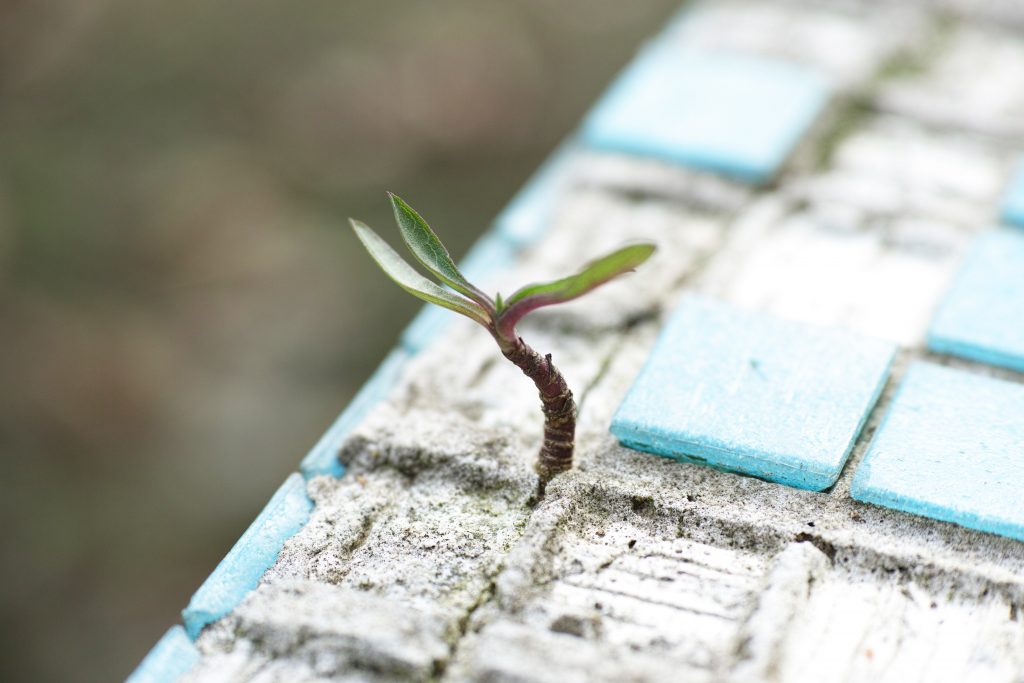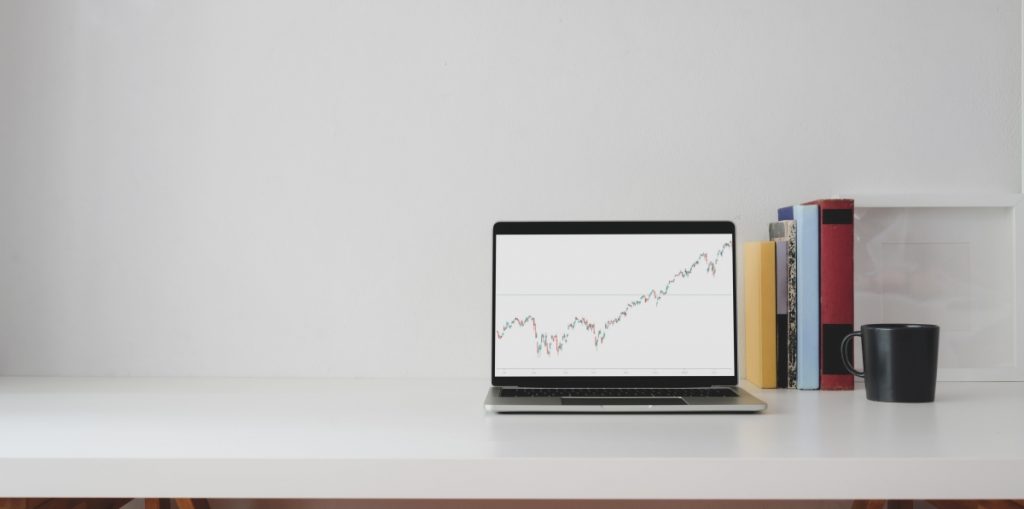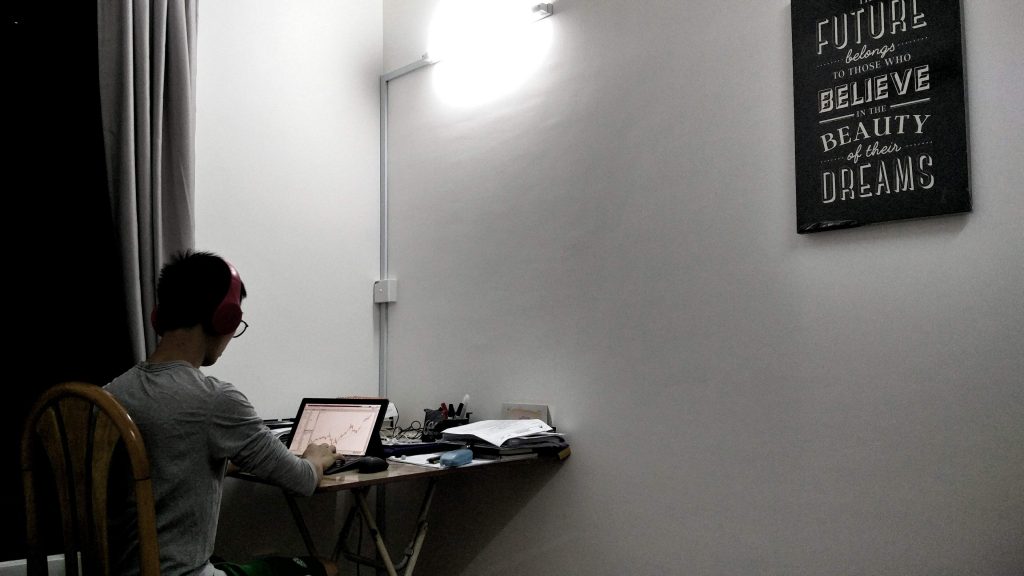Last Updated on May 2, 2022 by Chin Yi Xuan
I started to expose myself to the world of investing as a university student 5 to 6 years ago.
Well, my ultimate masterplan back then was to crush the market like peanuts and make hell lot of money with it.
(p.s. Obviously, that intention did not end up well for me.)
It took me a long, long time before I eventually discover my sweet spot and investing style (more on this in future articles).
Looking back, I always wonder if I could have been much better with investing (and with money) if I were to put every piece of the puzzle in the right place – one by one, step by step.
Depending on how you look at it, this article can be more like hindsight, or more of a reflection.
But my goal for this article is simple:
If you are totally new and are thinking about getting started, I hope this post will be of great guidance & insight for you.
With that, this is what I would do if I were to start over my investing journey from zero:
Table of Contents
Step 1: First, I’d learn about personal finance & build a strong habit around money
New investors be like:
Harr… but I just want to find the best stocks to buy wor…
Yes, boring, I know.
But this is exactly what I would do FIRST if I were to start over my journey, because honestly:
Who cares if you can spot the best stocks to invest in when you have no savings to invest?
Who cares if you have attended the best investing course when you still struggle to pay off your credit card debt every month?
Looking back, instead of splurging on food & entertainment in university, I would start tracking my finances and have a more consistent savings habit (regardless of how little it could be).
I’d also build a stronger foundation & understanding around money (ie. Financial independence, compounding effect, asset & liability) by reading more personal finance (not purely investing) related books.
With all these financial knowledge and habits in place, I am sure that I’d be in a better position to start learning how to invest at the age 21 years old.

Step 2: Instead of asking “What Stocks to Buy?”, ask “What Skills Do I Need?”
“Which company should I invest during this crisis ah?”
“Is now the right time to buy into the shares of XXX yaa?”
These are without a doubt the most asked questions by investors on investing forums, telegram chat & FB groups.
Looking back, I wasted my fair share of time indulging in discussions like these.
If I were to start again, I’d definitely spend NONE of my time consuming any content like this.
Instead, after building a sound financial habit, the next thing I’d do is to learn the skills needed for me to build a solid foundation in investing – be it from books or a mentor/coach.
Some crucial fundamental skills include, but not limited to:
- How to extract important data and information from a financial report?
- How to develop a set of investment rules on when to buy & sell?
- How to construct a decision-making framework & thought process?
- How to make independent investment decisions without succumbing to headlines and unnecessary news & content?
Can you see how these skills above, once mastered, will be able to answer your ‘What stocks to buy’ question?
Nowadays, most new investors yearn for shortcuts and/or the easy way to make money from the ‘exciting’ stock market – all without considering putting effort into building their foundational skills.
But hey, I get it. That was me once upon a time too.
Just telling you that, if you are new, you might really wanna consider building a solid foundation first before risking your hard-earned money.
The only short cut in sustainable and successful investing is effort and hardwork.

Step 3: Setting my initial vision with investing
If I were to start my journey from zero again, I’d want to spend some time constructing a vision for my investing journey: a sort of picture-like vision of the outcome of investing in my life.
This is the stage where I would learn more about different financial stages in life (eg. financial independence, abundance) and set a vision to motivate me to keep honing my skills.
Now, you may disagree with me, but I would not set a fixed goal at this stage (eg. Financial independence by 30 years old).
Reason being, as a university student, there is simply no way for me to know what kind of circumstances I would be upon graduation. Hence, any form of fixed estimation is really inaccurate at best.
That said, as a start, having a conceptual understanding of what’s possible (eg. vision towards financial independence) is important and should not be overlooked.
However, it should also be noted that our lives will change as we move on to different stages in life – hence it is essential to be flexible with the vision and ultimately discovering our goal along the way.

Step 4: Hone my skills in a simulated environment
Learning the fundamental investment skills & knowledge is a thing, but it doesn’t mean that it is the end of the journey.
In fact, it is only the beginning of the journey.
So, what I would do is I will set up a simulated investing account via platforms like Bursa Marketplace so I can test what I’ve learned in a risk-free environment.
Now, this could be a very boring stage for many. I used to do it (and gave up) too back then as there is no fun at all buying stocks in a simulated environment.
But if I were to start again, I would spend at least 6 months to a year in a simulated environment so I am sure that I can follow my entry and exit rules consistently whenever needed.
No fun, I know. But I’d cut short a lot of my learning curve if I persisted with the practice 5 years ago.

Step 5: Opening a Live Account (Finally!)
Now’s the time to finally worry about which brokerage account to open!
Or better, time to make some big money! *wink* *wink*
But is it so?
In the hindsight, what I would do as a beginner (regardless of my initial capital) is to set my intention right when opening a live account.
Instead of treating my initial few hundred bucks account as my immediate runway to become a millionaire, I would work on my ability to execute my plan/rules consistently without worrying about the returns as much.
By doing so in a small live account, it would build a very solid psychology foundation for me to handle my live account as it grows in the future.
Simply put, I would take my initial years of live investing journey to make mistakes and gain experience – not so much on making huge gains.

Step 6: Continuous Reflection & Self-Discovery + Receive feedback
Remember that I talked about setting an initial vision in Step 3?
Now, with more experience in the market (and assuming I already graduated and started my career), I’d start to find a more solid goal and focus in investing.
This is because, by this stage, I would be more familiar with my financial commitment. Hence, it is easier to calculate and come out with a proper financial goal and action plan.
It is also time for me to start reflecting and discovering my own investing style to accommodate my other commitments in life.
At this stage, joining a community of like-minded investors (not a general Facebook/Telegram group) is hugely beneficial. It serves as a great & efficient way to leverage on great investors’ insights and receive feedback to accelerate learning.

No Money Lah’s Verdict
As I write this article, I am fully aware of my own investing style – income investing (article coming soon).
That said, I honestly think that if I were to follow the above steps diligently when I first started investing, I’d be discovering my preferred style much sooner.
But the journey of investing doesn’t end at Step 6.
As both life and market are dynamic, it is a must for me to keep refining my skills and goals as I continue in my investing journey.
Anyone that says that they’ve known and learned everything is just another egomaniac with little time left in the market.
Ultimately, while I may not be able to time-travel to change my journey, there is one thing that I can do:
Focus on the right mindset, strive to keep improving, and most importantly, stay humble.
Related Posts
November 1, 2019
If/Then Mindset: How this Hugely Overlooked Mental Skill will Transform Your Investing Performance
Have you ever been in a situation,…
November 28, 2018
4 Key Differences Between Investing in REIT and Rental Property
Subscribe to No Money Lah's Newsletter!
Get FREE updates to tips & ideas to live a better and more fulfilling financial life :)
Thank you!
You have successfully joined our subscriber list.
Chin Yi Xuan
Hi there! I am Yi Xuan. I am a writer, personal finance & REIT enthusiast, and a developing trader with the goal to become a full-time funded trader. Every week, I write about my personal learnings & discovery about life, money, and the market.



